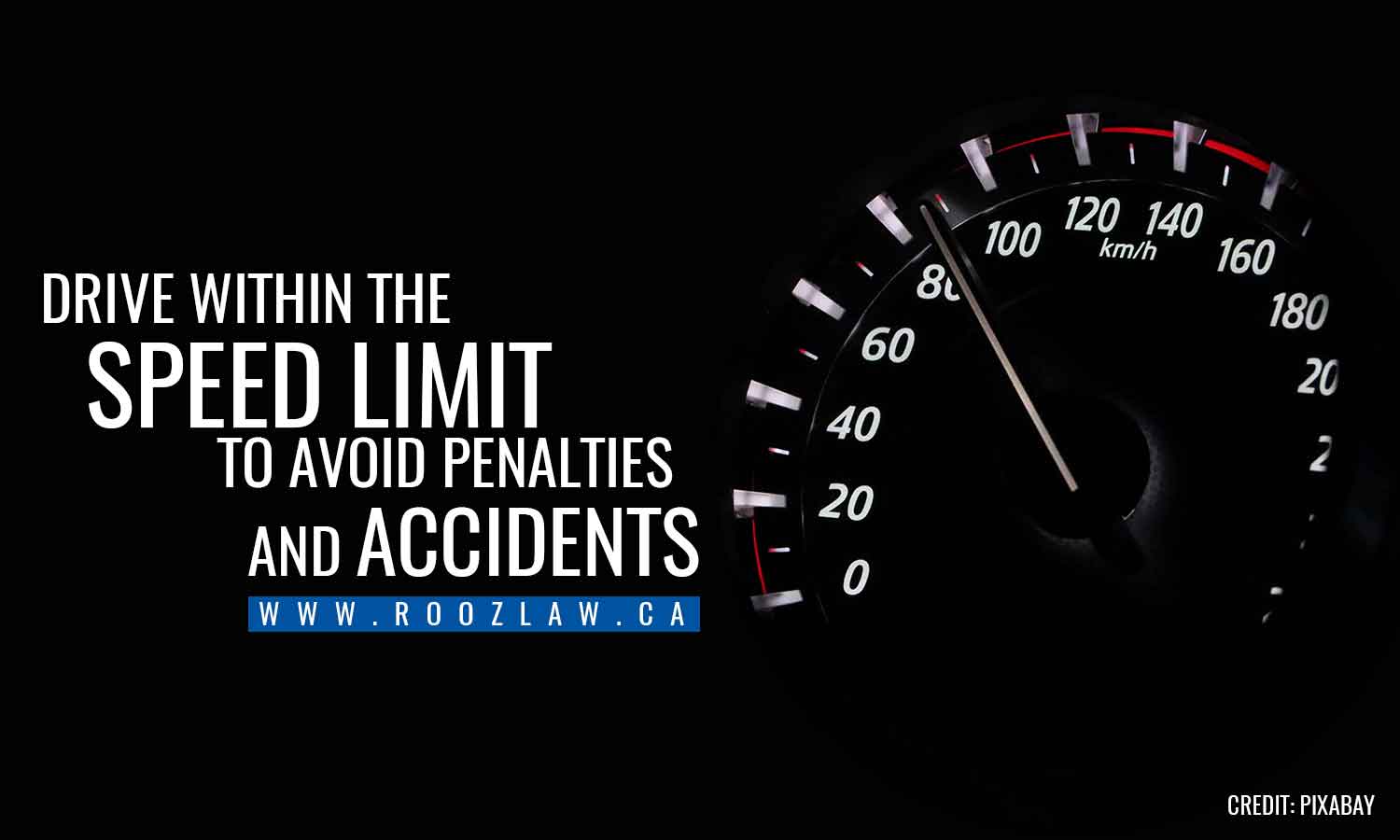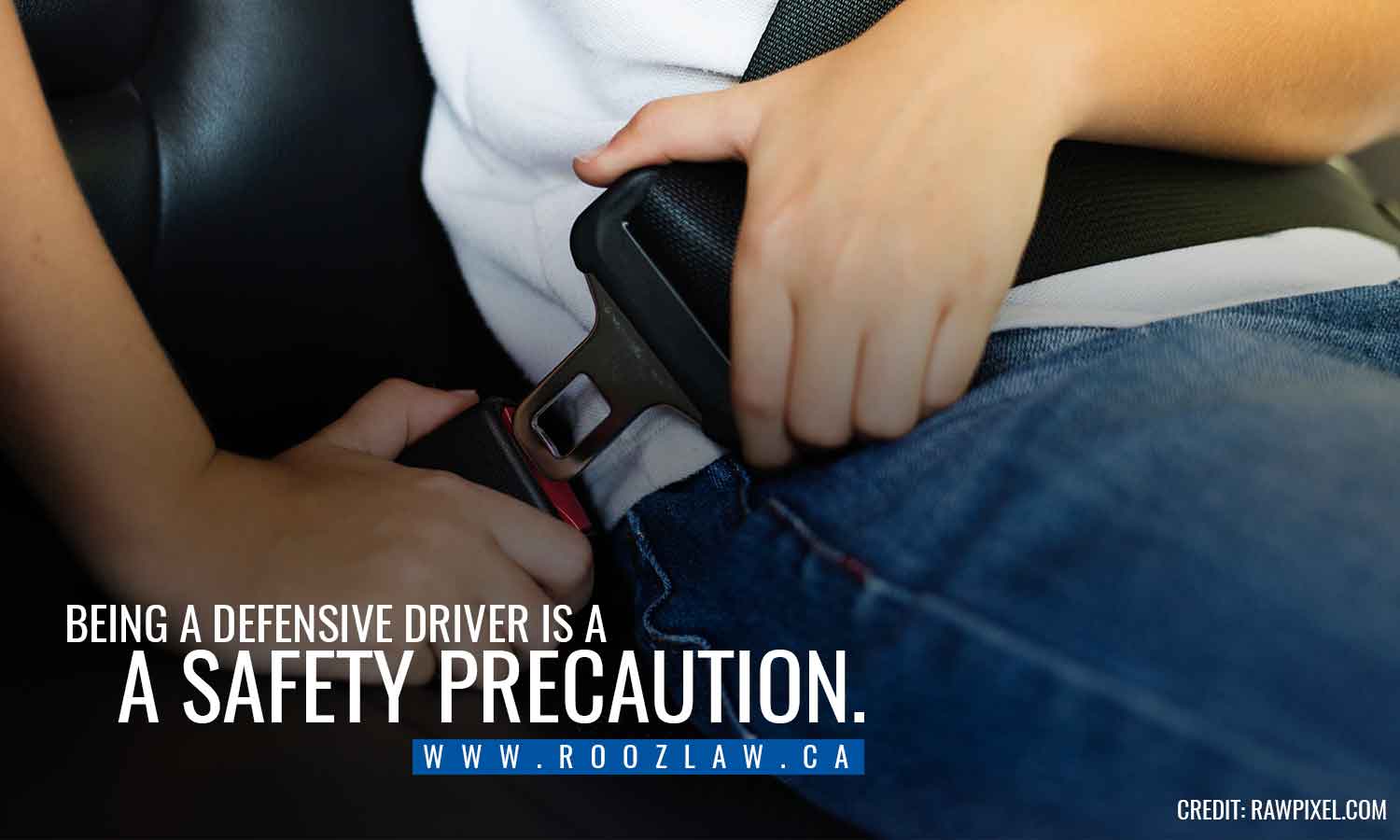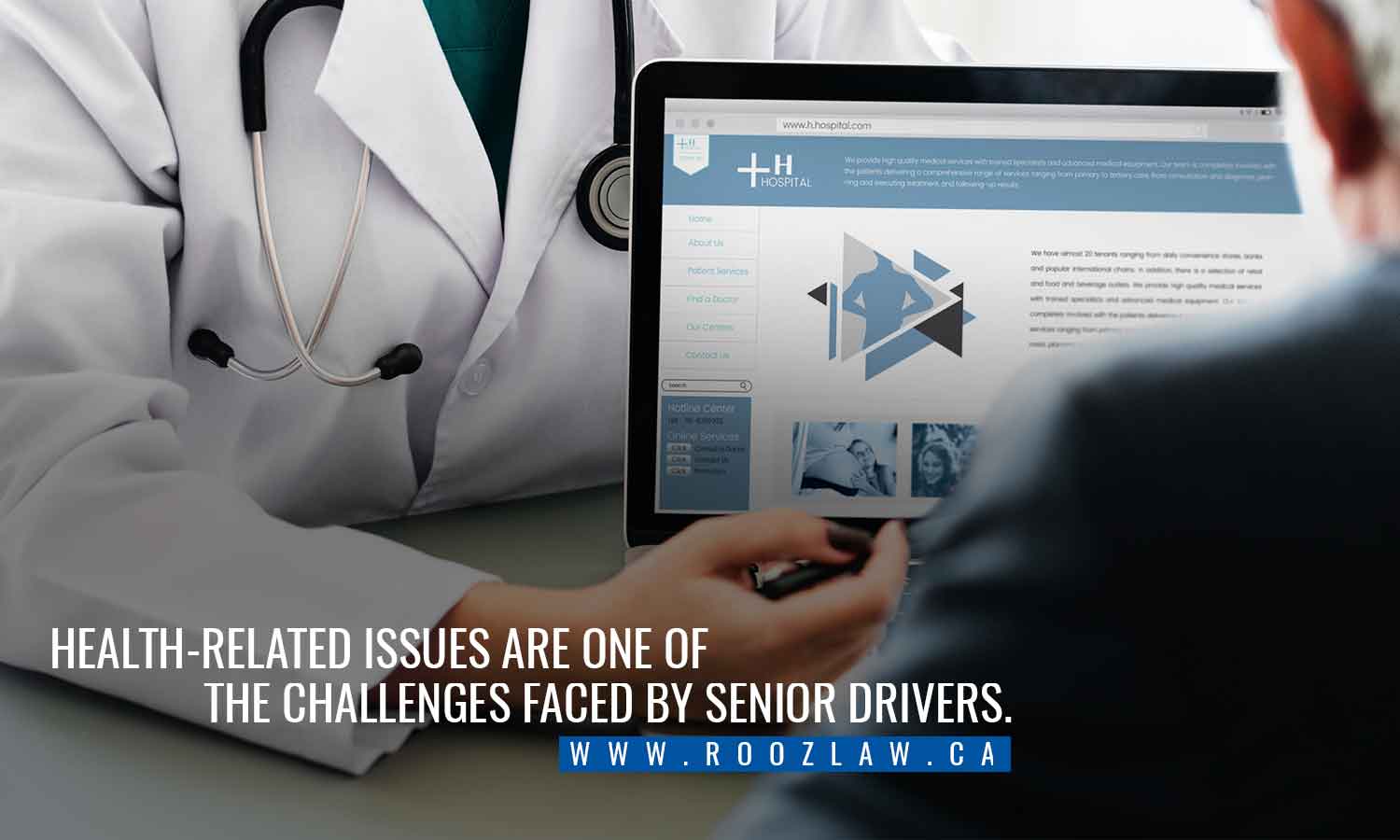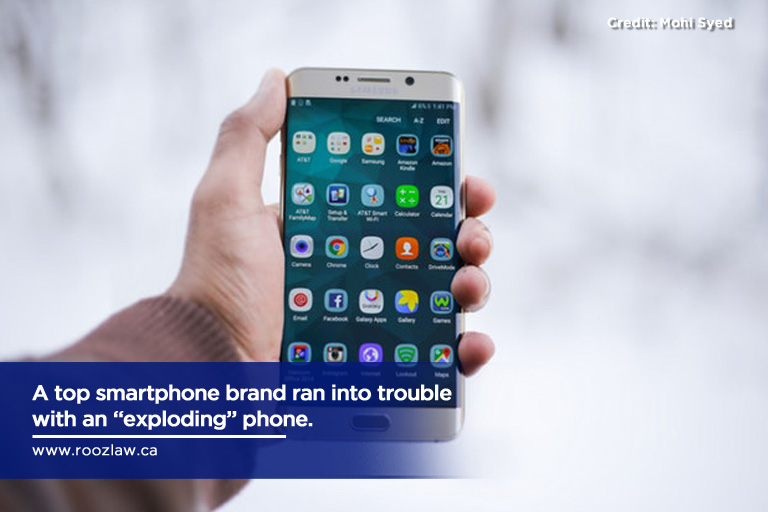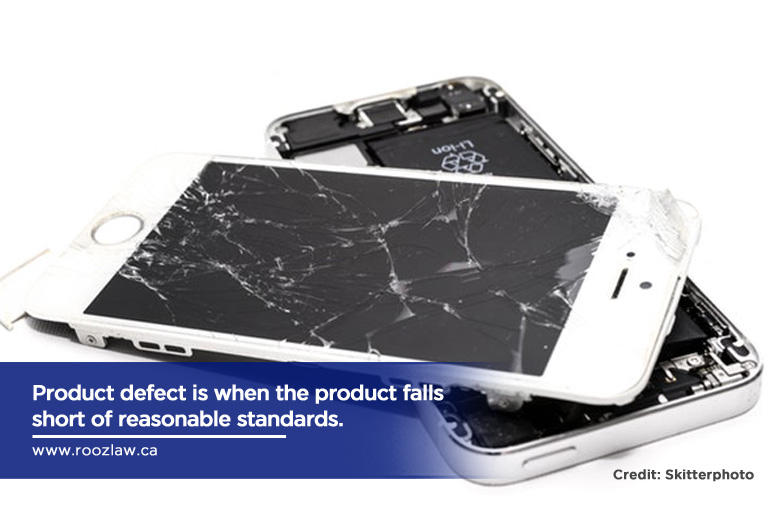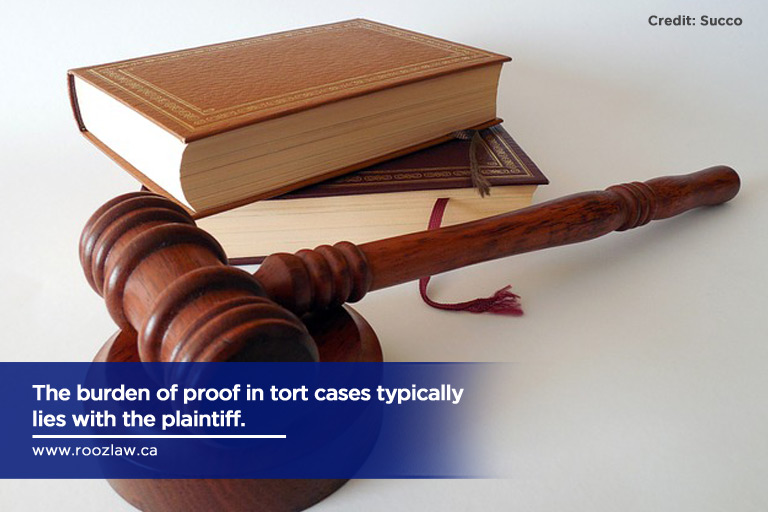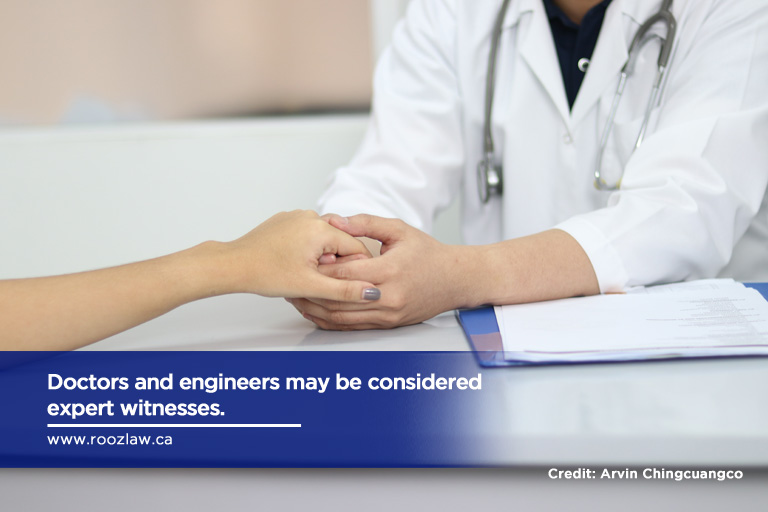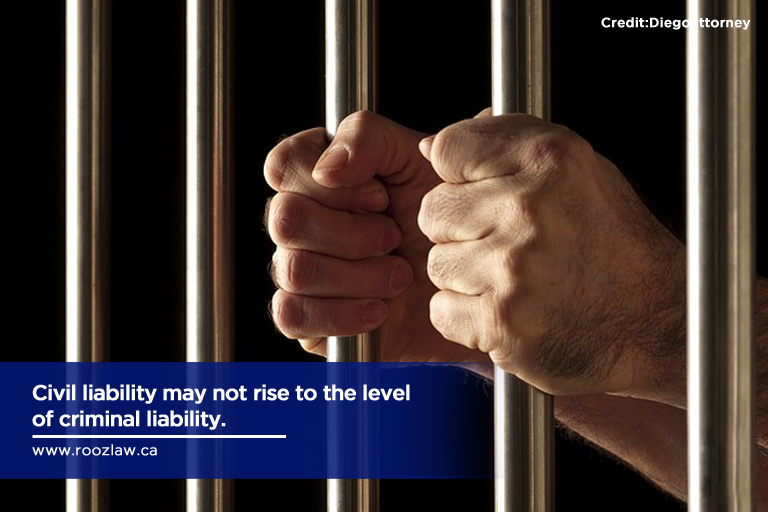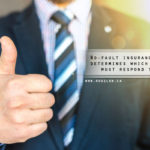
The best way to stay safe while behind the wheel is to give driving your full attention. When you drive, you must be able to keep your eyes on the road at all times while still managing to glance at your side- and rearview mirrors every now and again. Fast reflexes are also an advantage as, when there is an emergency, a driver must be able to react quickly and make critical decisions in a snap.
This said, it is no wonder that multitasking while operating a motor vehicle can pose hazards to yourself and others on the road. According to the Ontario provincial police, distracted drivers are behind more vehicular accidents than any other factors. To address this concern, the government of Ontario updates the province’s distracted driving law.
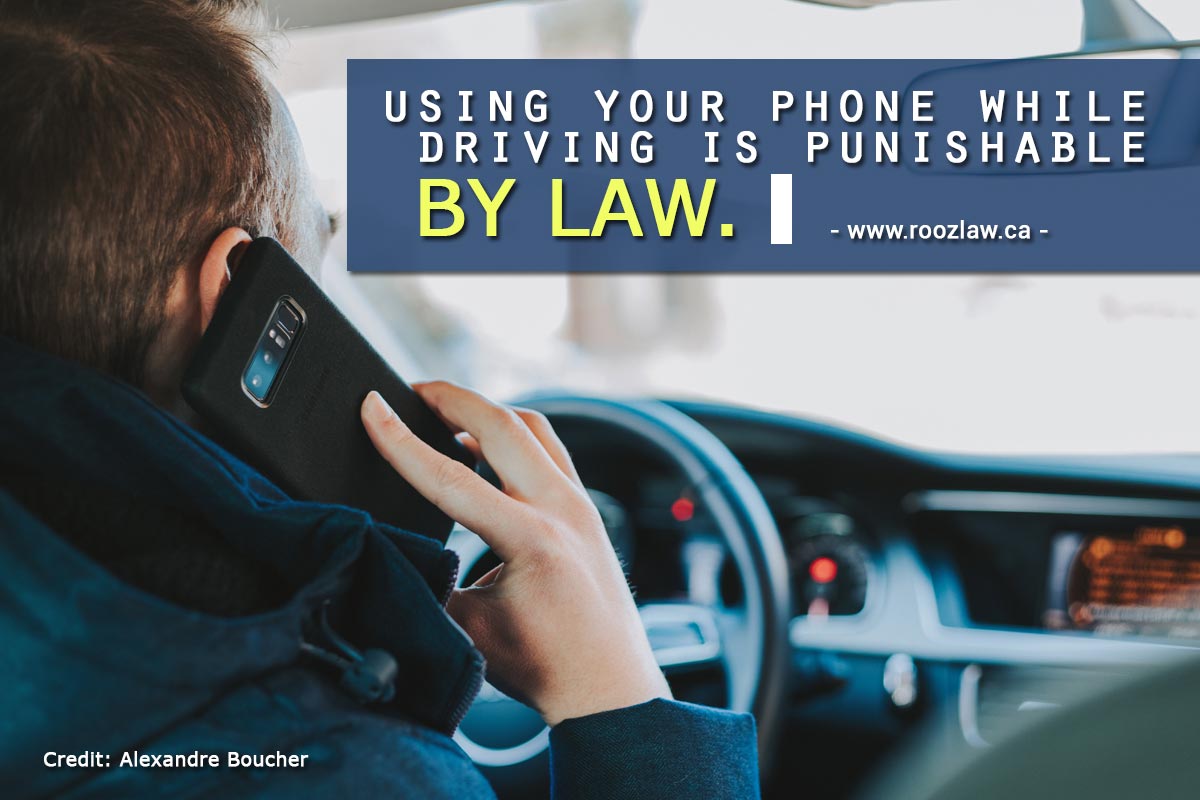
Acts Considered Distracted Driving
The distracted driving laws in Ontario apply to using handheld communication or entertainment devices while operating a motor vehicle. This means that while you are driving, the law requires that you refrain from:
- Using your phone to dial a number or text (except when calling 911 in an emergency)
- Using a portable gaming console or tablet
- View display screens that distract or are unrelated to driving, such as watching videos

Unless calling the police, fire department, or emergency medical services, you are not allowed to use handheld devices even when stopped at a red light. If you must use these gadgets, pull off the roadway or properly park your vehicle. There are, however, certain instances when you can use your smartphone or other handheld devices even as a driver, such as:
- A mobile phone with an earpiece, headset, or a Bluetooth device that uses voice-activated dialling can only be used to activate or deactivate the hands-free function. Texting, dialling, or scrolling through your contacts list is not permitted.
- A portable media player plugged into your car’s sound system must be activated (choosing the playlist or audio) before you begin driving.
- A GPS screen can only be used if the device is mounted on the dashboard or windshield. You must input the information needed before driving.
- Display screens that are built into the vehicle and perform safety functions are allowed.

Updated Distracted Driving Law
As of January 2019, the acts considered prohibited under Ontario’s distracted driving law has been updated to include eating, drinking, holding a mobile phone, grooming, reading, changing the playlist, and typing destinations into a GPS device or looking at a map. There have also been cases where drivers looking at their smartwatch or wearing earphones were convicted for distracted driving.
If found guilty of breaking Ontario’s distracted driving law, the penalties you may face would depend on the kind of licence you have and how experienced you are as a driver. Individuals who hold A, B, C, D, E, F, G, or M licences face more severe penalties when convicted:
- First conviction
-
- A fine of $615, if settled out of court
- A fine of up to $1000, if the ticket is contested in court (and you lose) or if a summons is received
- A 3-day suspension of your licence
- Three demerit points
- Second conviction
-
- A $615 fine, if settled out of court
- A fine of up to $2000, if you contest the ticket in court (and lose) or if a summons is received
- A one-week suspension of your licence
- Six demerit points
- Further convictions
-
- A fine of $615, if settled out of court
- A fine of up to $3000, if you contest the ticket (and lose) or if a summons is received
- A 30-day suspension of your licence
- Six demerit points
New drivers (G1, G2, M1, or M2 licence) who are caught breaking the distracted driving law will receive demerit points, but they will face longer suspensions:
- A 30-day suspension of your driver’s licence for a first conviction
- A 90-day suspension of driver’s licence for a second conviction
- Cancellation of licence and removal from the Graduated Licensing System (GLS) for a third conviction.
When you’re caught breaking the law, the police will not seize your driver’s licence at the roadside. A judge’s approval must first be given before any driver’s licence can be suspended.
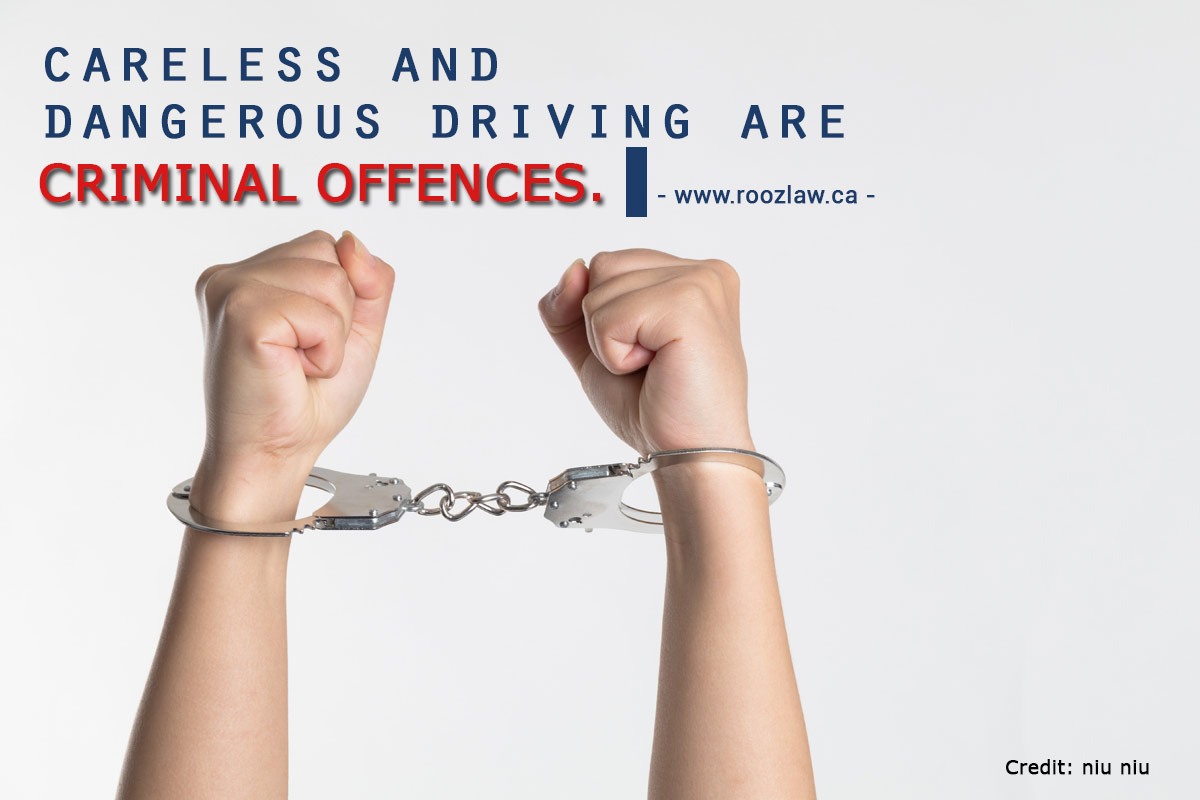
Careless Driving
In addition to sanctions for acts contravening the new distracted driving law, authorities may also charge you for careless driving. This happens when you endanger other people due to any distraction, including those caused by handheld and hands-free devices.
If convicted of careless driving, you may receive the following:
- $2000 in fines
- A jail term of six months
- A two-year suspension of your driver’s licence
- Six demerit points.
Depending on how hazardous the acts performed may have been, you may also be charged with dangerous driving. This is a criminal offence that carries stiffer penalties, including jail time of up to ten years (if you cause someone to sustain bodily harm) or up to 14 years (if the incident resulted in death).
Tips for Preventing Distracted Driving
- Wake up early – One reason why some drivers multitask is that their schedules are jam-packed. They eat their breakfast or fix their appearance in the car to avoid becoming late to work or their appointments. Set your alarm a few minutes earlier than the usual time you wake up to give yourself ample time to grab some food or groom yourself before you leave the house.
- Use your smartphone’s safety features – Some smartphones have features like Do Not Disturb While Driving so that the notifications you receive while in the car will be limited. Some phones will allow calls to come through if your phone is connected to your vehicle’s Bluetooth system or a hands-free accessory.
- Know where you’re going before you start driving – Before you pull off from your parking lot, program your GPS device. Try to familiarize the route before you leave to decrease your dependence on the device and lessen the need to glance at the GPS’s screen.
- Choose the perfect playlist while parked – Some drivers like having background music while they drive to keep them focused or awake. Choose your playlist before you begin driving, as you will no longer be able to switch playlists once you start — although you may be able to change songs if your car has controls on the wheel. Newer models are more likely to have this feature.
- If you must use your device, pull over safely – If you need to use your phone or other devices, pull over when you can do so safely. Be careful to do so only when it is appropriate (for example, swerving in the middle of a busy highway is a bad idea).
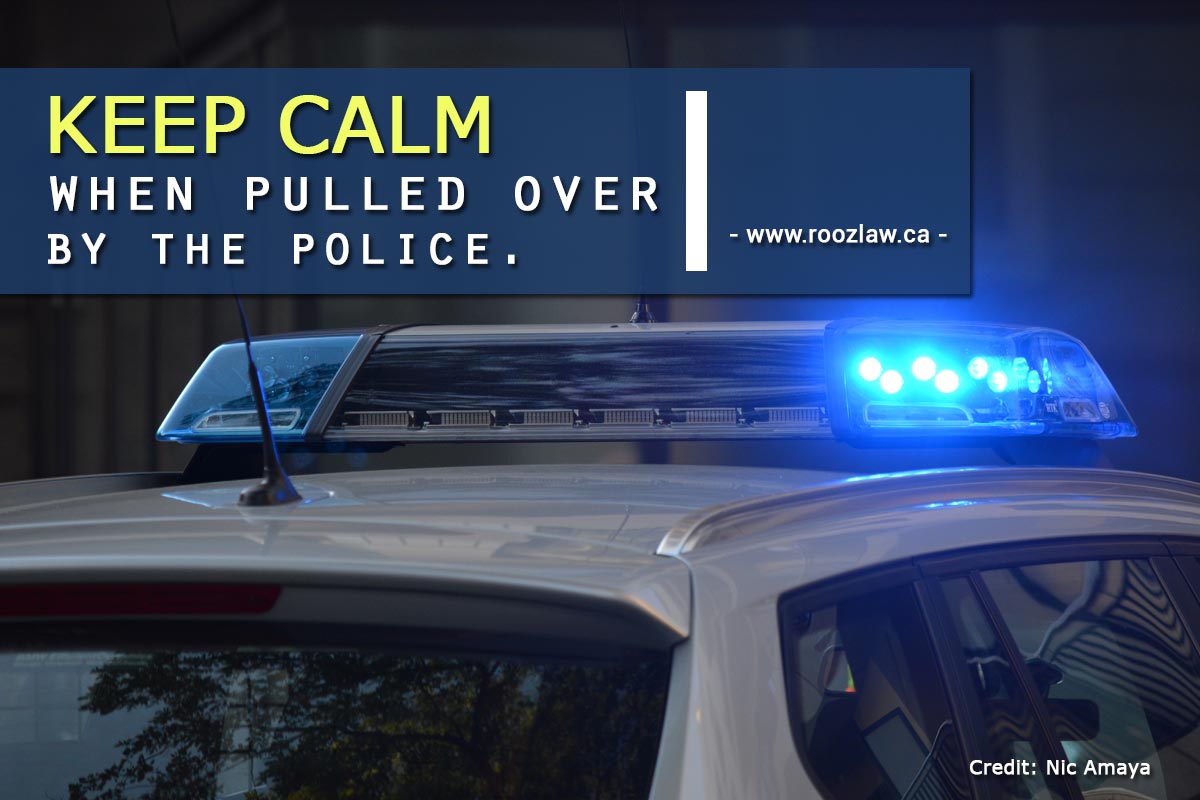
What To Do When Pulled Over By The Police
When you are pulled over by a law enforcer, try to stay calm. Cooperate with the officer and be careful not to do anything that they may perceive as threatening. When the police flag you, do the following:
- Safely pull over as soon as the officer signals you
- Show the police your driver’s licence, vehicle permit, and proof of car insurance
- Cooperate with their instructions
Before the officer writes you a ticket, they will inform you of your violation. Signing the ticket is not an indication of guilt; it is the acknowledgment of your receipt of the ticket.
If you think that you have not committed any violation worthy of a traffic ticket or if you were charged with more serious offences, you may need legal help. Immediately call a lawyer for advice on what your next step should be.
If you have been involved in vehicular trouble, get in touch with Rooz Law Personal Injury Lawyers in North York. You can make an appointment by calling us at (416) 229-6000.




